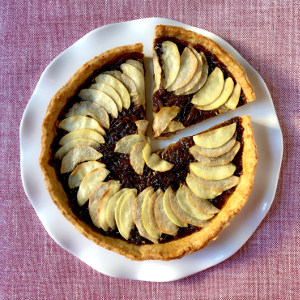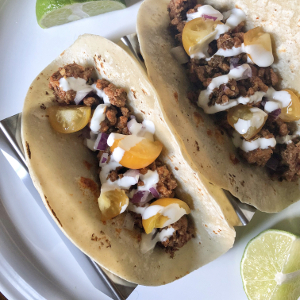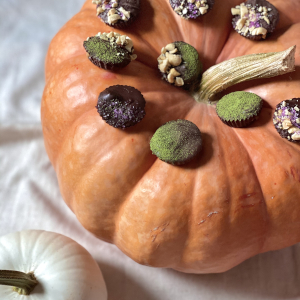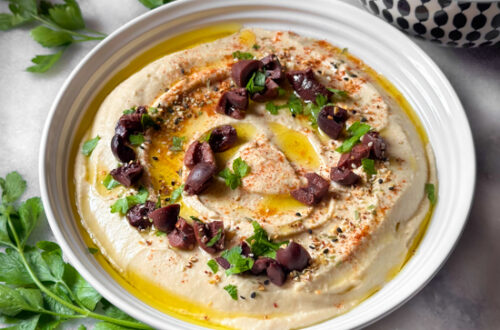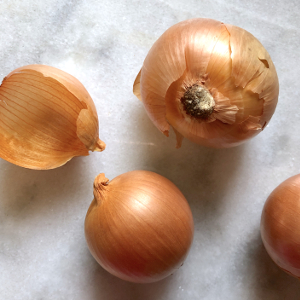
Tastier Thanksgiving Stuffing
Until you’ve had truly delicious bread stuffing, you might wonder why many of us consider it an essential layer of our Thanksgiving leftover sandwiches. When cooked just right, the stuffing on your holiday table will be so tasty that you’ll give it a prominent spot on your plate during dinner and beyond. A beautifully browned turkey may take center stage, but stuffing with crusty edges, plenty of aromatics, and a few choice add-ins will have everyone going back for more.
Start with Good Bread
Pieces of stuffing bread will soak up aromatics, butter, and all the other ingredients in your stuffing, but they also make up the bulk of the dish itself, so make sure to start with a tasty bread. Skip over the dry stuffing mix or pre-dried cubes. Instead, opt for tasty loaves that have some character to them. Whether you use sandwich bread or something even tastier, cut your own pieces and leave them out on a baking sheet overnight to dry so they can soak up the rest of the ingredients more easily. Just make sure the variety you select doesn’t have too many holes or there won’t be enough bread to absorb liquid.
Include Aromatics and Herbs
Now that your bread is ready to soak up flavor, give it some onion and celery as well as classic herbs like sage, thyme, marjoram, and parsley. Begin by cooking the onion and celery in butter or olive oil until translucent as you want the crunch in your stuffing to come from the crusty edges not undercooked aromatics.
Be Selective with Add-Ins
Stuffing is easy to customize, which leaves the potential for too many add-ins, so be selective. For texture and flavor, I prefer chestnuts or crumbled sausage, both of which should be cooked first, but you can certainly add something sweeter like dried fruit. Think about how the flavors of add-ins will combine with each other as well as the aromatics and herbs.
Add Liquid Slowly
Give the pieces of bread in your stuffing time to absorb liquid by adding stock slowly. Include about 2 eggs per 8 to 10 cups cubed bread. Whisk the eggs into a portion of stock then drizzle on bread and toss to encourage absorption. If the mixture is still dry, continue adding stock little by little until the stuffing holds together. If the pieces are too dry, they won’t hold together after baking, but if you add too much, the stuffing will wind up soggy. Once you’re done mixing, there shouldn’t be extra stock sitting in the bottom of the mixing bowl.
Plan for Crispy Edges
While the stuffing bakes, it will form some perfectly crusted edges, and guests tend to scoop these up first. Ensure that everyone can get the best section by dividing stuffing into smaller dishes before baking or making individual portions in muffin tins at 375 degrees for about 20 minutes. Cook stuffing muffins until the outsides have a nice edge but the center is still soft so they don’t become too dry.
Well-seasoned and baked to perfection, stuffing flavors should complement all the other dishes at a Thanksgiving feast. Based on what I’m serving, some years I opt to begin with cornbread and follow a slightly different process, which I share in my recipe for wild rice and cornbread stuffing. In that version, I combine nutty-flavored wild rice with crumbled skillet cornbread, sausage, and plenty of fresh herbs.

